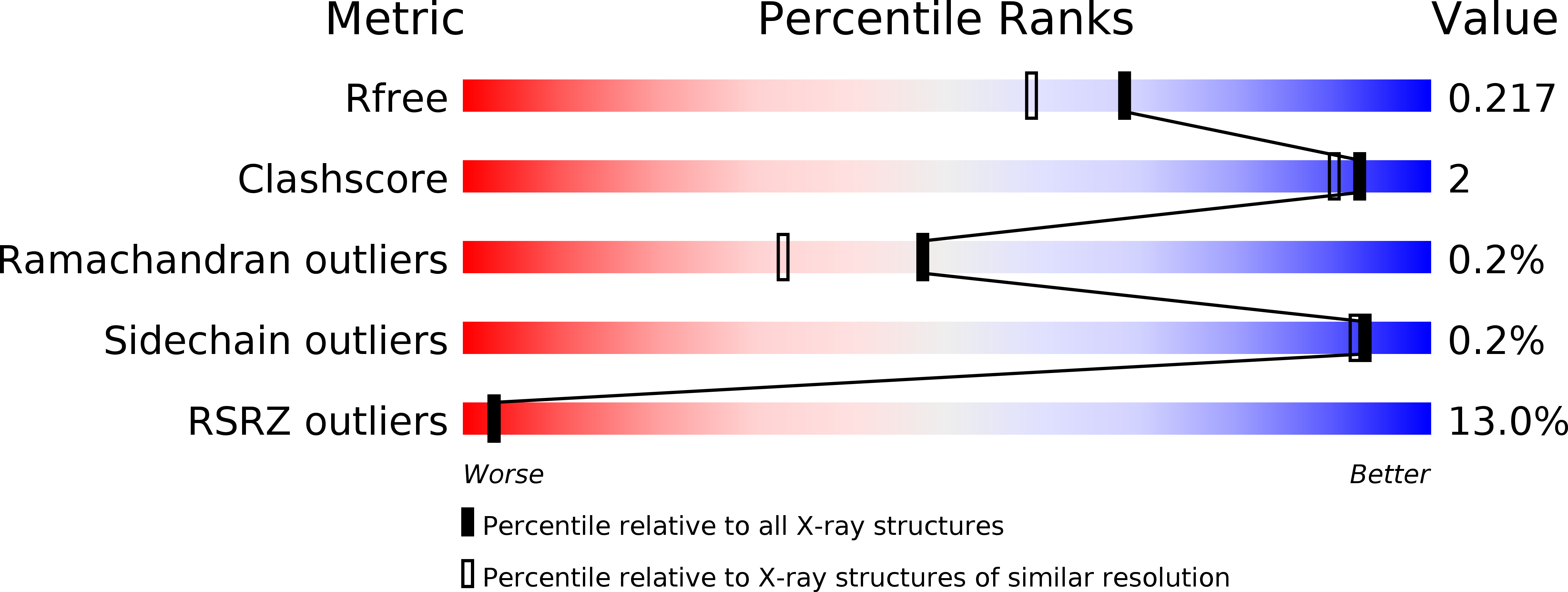
Deposition Date
2016-08-30
Release Date
2017-05-17
Last Version Date
2024-10-16
Entry Detail
PDB ID:
5T5C
Keywords:
Title:
A Novel domain in human EXOG converts apoptotic endonuclease to DNA-repair enzyme
Biological Source:
Source Organism:
Homo sapiens (Taxon ID: 9606)
DNA launch vector pDE-GFP2 (Taxon ID: 415098)
DNA launch vector pDE-GFP2 (Taxon ID: 415098)
Host Organism:
Method Details:
Experimental Method:
Resolution:
1.85 Å
R-Value Free:
0.21
R-Value Work:
0.18
R-Value Observed:
0.18
Space Group:
P 21 21 21


